Mastering DTF: Revolutionizing Intricate Design Reproduction with Digital Transfers
Direct-to-Film (DTF) transfer technology revolutionizes intricate design reproduction across media,…….
In an era defined by rapid technological advancement and global interconnectivity, high-detail DTF (Digital Transfer Format) transfers have emerged as a game-changer in data transmission and communication. This cutting-edge technology promises to revolutionize the way we share and utilize digital information, offering unparalleled speed, security, and efficiency. The article that follows delves into the intricacies of high-detail DTF transfers, exploring their definition, global impact, economic implications, technological foundations, regulatory landscape, challenges, and future prospects. By providing a comprehensive analysis, we aim to equip readers with a deep understanding of this transformative technology and its potential to shape various sectors.
High-detail DTF transfers refer to the process of transmitting vast amounts of digital data with exceptional precision and speed using advanced compression and encryption techniques. At its core, it involves the following key components:
Data Compression: Utilizing sophisticated algorithms to reduce data size without significant loss of quality or information. This ensures efficient transmission and storage.
Encryption: Protecting data during transit by encrypting it, making it unreadable to unauthorized users. Advanced encryption protocols ensure secure data exchange.
Digital Format: DTF is a proprietary digital format designed to handle complex data types, including high-resolution images, videos, 3D models, and scientific datasets.
The concept of high-detail DTF transfers has evolved over several decades, driven by the relentless pursuit of faster and more secure data communication. The early days saw the emergence of standard file transfer protocols like FTP (File Transfer Protocol) and SMTP (Simple Mail Transfer Protocol). However, as data volumes grew exponentially and security concerns heightened, researchers and tech giants began exploring more advanced solutions.
The development of DTF as a dedicated data transfer format emerged from this need for improved performance and security. Initial versions focused on optimizing file compression and encryption, leading to breakthroughs in data reduction without compromising quality. Over time, the technology has matured, incorporating machine learning for adaptive data compression, quantum-inspired encryption algorithms, and support for diverse data types.
High-detail DTF transfers hold significant importance across multiple sectors due to their ability to:
Enhance Data Security: By encrypting data during transmission, it safeguards sensitive information from cyber threats, making it crucial for secure file sharing and cloud storage services.
Optimize Bandwidth Utilization: Advanced compression techniques significantly reduce data sizes, enabling more efficient use of network bandwidth, which is vital for high-speed internet connections and mobile networks.
Facilitate High-Resolution Data Transfer: DTF’s capability to handle complex data types, especially in the realm of multimedia, makes it indispensable for industries like healthcare (medical imaging), media production (4K/8K video streaming), and scientific research (sharing large datasets).
Support Emerging Technologies: It plays a critical role in enabling technologies such as remote collaboration tools, cloud computing, Internet of Things (IoT) devices, and artificial intelligence (AI) applications that heavily rely on efficient data exchange.
The global impact of high-detail DTF transfers is profound, with widespread adoption across continents. The technology has gained traction in regions known for their advanced digital infrastructure, such as North America, Western Europe, and parts of Asia Pacific. However, its influence is expanding globally, driven by increasing internet penetration rates and the need for more robust data management solutions.
North America: Leading tech companies based in the US and Canada have been at the forefront of DTF development and adoption. The region’s strong focus on innovation and early acceptance of new technologies has contributed to its global leadership in this field.
Europe: With stringent data protection regulations (e.g., GDPR), Europe has driven the demand for secure data transfer solutions. DTF transfers align well with these regulations, making it a preferred choice for European businesses.
Asia Pacific: Rapid digital transformation across countries like China, Japan, and South Korea has fueled the demand for high-speed data transmission technologies. The region’s tech giants are actively investing in DTF research and development.
Emerging Markets: Countries in Latin America, Africa, and Southeast Asia are witnessing increasing adoption as they strive to modernize their digital infrastructure. DTF transfers offer a cost-effective solution for improving internet speeds and enabling advanced online services.
The high-detail DTF transfer market is characterized by intense competition and rapid innovation. Key players include tech giants like Microsoft, Google, Amazon Web Services (AWS), and specialized data management startups. The market dynamics are influenced by:
Rapid Technological Advancements: Continuous improvements in compression and encryption algorithms drive market growth and create new opportunities for niche applications.
Increasing Data Volume: The exponential growth of data generated from various sources (IoT, social media, online transactions) has led to a surge in demand for efficient data transfer solutions.
Cloud Services Integration: Cloud storage and computing providers are increasingly integrating DTF transfers into their offerings, expanding market reach and fostering adoption.
The economic impact of high-detail DTF transfers is multifaceted:
Cost Savings: Businesses can reduce operational costs associated with data transmission, storage, and security by adopting more efficient DTF solutions. This is particularly beneficial for enterprises dealing with large volumes of data.
Revenue Generation: The technology opens new revenue streams for tech companies through software licenses, subscription models, and value-added services related to data management and analytics.
Investment Opportunities: Rising market demand has attracted significant investments in DTF research, development, and infrastructure deployment, creating opportunities for both established players and startups.
The heart of high-detail DTF transfers lies in advanced data compression algorithms that minimize data size without sacrificing quality. Common techniques include:
Lossless Compression: Using algorithms like LZ77, LZMA, and Brotli to extract common patterns and reduce redundancy without any information loss.
Adaptive Compression: Machine learning models analyze data content and adjust compression strategies dynamically for optimal results.
Hybrid Methods: Combining lossless and lossy techniques to achieve a balance between file size reduction and acceptable quality levels.
Ensuring secure data transmission is crucial, and high-detail DTF transfers employ robust encryption protocols:
AES (Advanced Encryption Standard): A widely adopted symmetric-key algorithm providing strong security for data at rest and in transit.
RSA (Rivest-Shamir-Adleman): Asymmetric encryption used for secure key exchange and digital signatures, enhancing overall system security.
Quantum-Inspired Cryptography: Emerging techniques drawing from quantum computing principles offer post-quantum encryption algorithms to protect against future computational threats.
The technology relies on specialized hardware and software components:
High-Performance Processors: Customized processors optimized for data compression and encryption accelerate the transfer process, ensuring low latency.
Network Equipment: Specialized routers and switches with DTF acceleration capabilities enhance network performance and reduce congestion.
Cloud Storage Platforms: Major cloud providers have integrated DTF transfers into their infrastructure, enabling seamless data sharing and storage for global users.
High-detail DTF transfers are subject to various data privacy and security regulations worldwide:
General Data Protection Regulation (GDPR): The EU’s comprehensive data protection law sets standards for how personal data must be handled, including secure data transfer requirements.
California Consumer Privacy Act (CCPA): In the US, this law grants California residents increased control over their personal information and imposes strict security obligations on businesses.
Health Insurance Portability and Accountability Act (HIPAA): For healthcare providers, HIPAA dictates how patient data must be protected during transmission and storage.
Tech companies offering DTF solutions must ensure compliance with these regulations to avoid legal repercussions. Certification bodies verify the security and privacy features of DTF transfers, enhancing consumer trust. Leading industry standards include:
ISO/IEC 27001: International standard for information security management systems, ensuring robust data protection practices.
FIPS (Federal Information Processing Standard): US government standard for cryptographic products and services, guaranteeing the quality and reliability of encryption algorithms.
While high-detail DTF transfers offer enhanced security, they are not immune to potential threats:
Man-in-the-Middle Attacks: As data is encrypted during transit, attackers might attempt to intercept and modify the communication, requiring robust authentication mechanisms.
Quantum Computing Risks: The increasing power of quantum computers poses a threat to traditional encryption algorithms, necessitating the development of post-quantum cryptography solutions.
The lack of universal adoption and compatibility among different systems and platforms can hinder widespread DTF transfer usage:
Interoperability Issues: Ensuring seamless data exchange between diverse devices, operating systems, and applications remains a challenge, requiring industry collaboration on standards.
Software and Hardware Compatibility: Not all software and hardware configurations support DTF transfers out of the box, necessitating updates or custom implementations.
As demand grows, ensuring the technology can scale efficiently while maintaining optimal performance is crucial:
Network Congestion: High-speed data transfer may lead to network congestion in heavily used channels, requiring advanced traffic management techniques.
Hardware Limitations: The performance of DTF transfers depends on underlying hardware capabilities, and keeping up with increasing data volumes poses a continuous challenge.
The future of high-detail DTF transfers is poised for significant advancements:
Homomorphic Encryption: Allows computations to be performed directly on encrypted data, enabling secure data analysis without decryption, with potential applications in cloud computing.
Zero-Knowledge Proofs: Enables users to prove the validity of information without revealing its contents, enhancing privacy and security in various use cases.
The technology will continue to evolve alongside other emerging fields:
5G and Beyond Networks: High-speed, low-latency networks enable faster data transfer rates, making DTF transfers even more efficient.
Edge Computing: Processing data closer to the source reduces latency and enhances overall system performance, benefiting DTF applications in IoT and real-time analytics.
Artificial Intelligence: AI-driven optimization techniques can enhance data compression and encryption, adapting to dynamic network conditions.
High-detail DTF transfers represent a significant advancement in data management, offering improved security, efficiency, and performance. As the technology matures, it will play an increasingly vital role in various sectors, from healthcare and finance to cloud computing and IoT. While challenges remain, ongoing research, industry collaboration, and regulatory support are driving the development of more robust and scalable DTF solutions, paving the way for a secure and interconnected digital future.

Direct-to-Film (DTF) transfer technology revolutionizes intricate design reproduction across media,…….

Direct-to-Film (DTF) transfer technology is revolutionizing printing by enabling the precise reprodu…….

Digital Transfer Formats (DTF) have revolutionized film preservation, offering unprecedented clarity…….
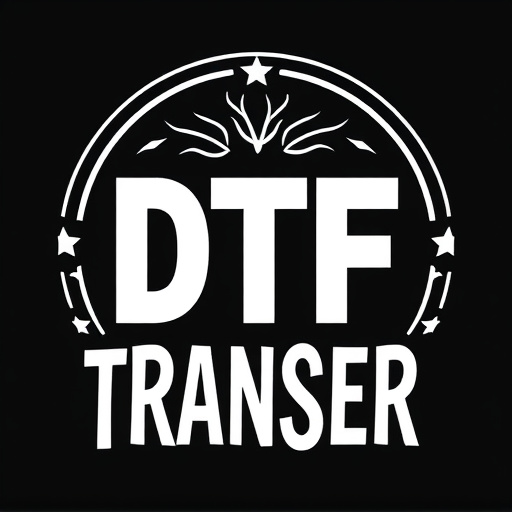
DTF (Digital Thermal Transfer) is a cutting-edge process revolutionizing film transfers by precisely…….

DTF (Direct-to-Film) transfer technology revolutionizes film preservation and visual storytelling. B…….
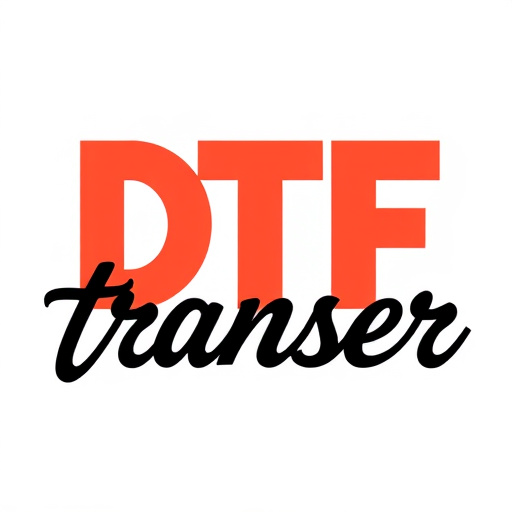
Direct-to-Film (DTF) transfer technology is a revolutionary process that captures and reproduces int…….
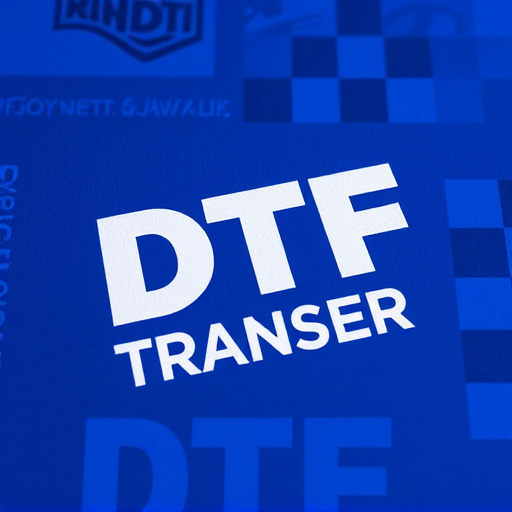
The Digital Thermal Transfer (DTF) process is a revolutionary technology that excels at transferring…….
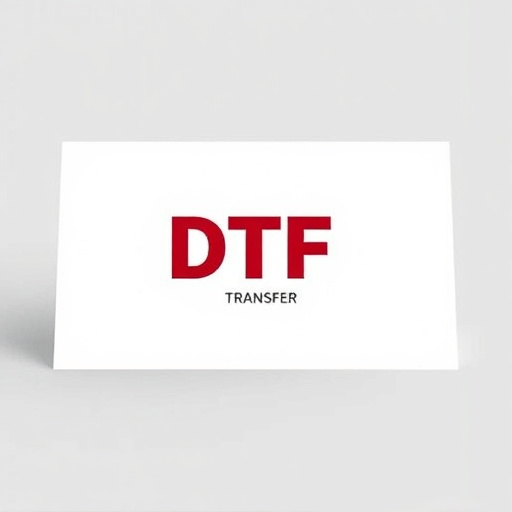
Direct to Film (DTF) technology is transforming industries with its ability to produce high-quality…….
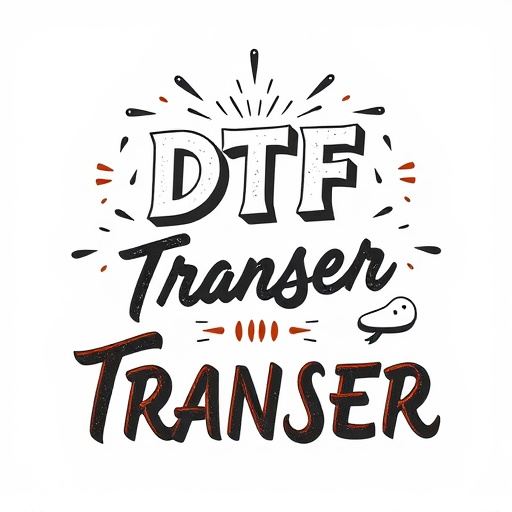
Digital Thermal Transfer (DTF) technology is revolutionizing printing by enabling the precise transf…….